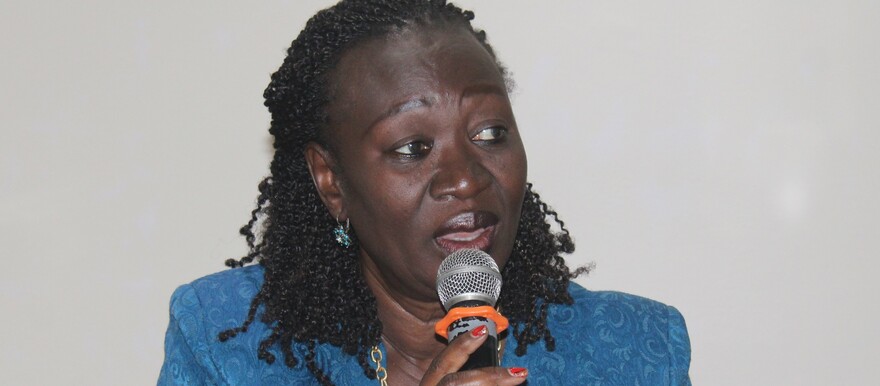The National Examination Council of the Ministry of General Education on Wednesday released the results of the 2023 Certificate of Primary Examination (CPE) results.
The oil-rich Unity State was named the best-performing state.
A total of 68, 281candidates sat for the examination between 20 and 24 November 2023 if which 37,841 were male and 30,440 were female.
Overall, 93.6 percent passed, a slight decrease of 0.7 percent compared to 94.3 percent in 2022.
Male candidates outperformed their female counterparts with 52.4 percent against 41.2 percent.
About 4,344 candidates of whom 2,028 were male and 2,316 female failed the exams.
Social Studies was the best-performed subject at 88.8 percent, followed by science with 80 percent and Christian Religious Education with 77.4 percent.
Mathematics and English Language were the worst performed subjects.
JCC Model Primary School in Central Equatoria State emerged as the best-performing school, followed by Emma Memorial Academy in Western Equatoria State.
Joshua Swaka Selfader, a male student from JCC Model Primary School, emerged as the best student countrywide, scoring a total mark of 480, followed by Mading Abit Deng Abit, a male student from Salaam Nursery and Primary School in the same Central Equatoria State who scored 479.
Ayak Deng Torijok Majak was the best-performing female student from Western Equatorial State’s Standard Primary School with 479 marks, followed by Nyalong Kieu Gaak Thuch from Alel Chok Complex Primary School from Western Bahr el Ghazal State.
While announcing the results on Wednesday, General Education Minister Awut Deng Acuil said the examinations were administered in 1,665 schools across the country.
“In terms of candidates, a total of 69,555 candidates of whom were 38,591 males and 30,964 females registered for examinations, however, only 68,281 candidates of which 37,841 males and 30,440 females sat for the examinations,” she said. “The rest of the 1,273 were reported absent. The examinations were administered all over the country in 1,665 schools which were clustered into 551 centers.”




